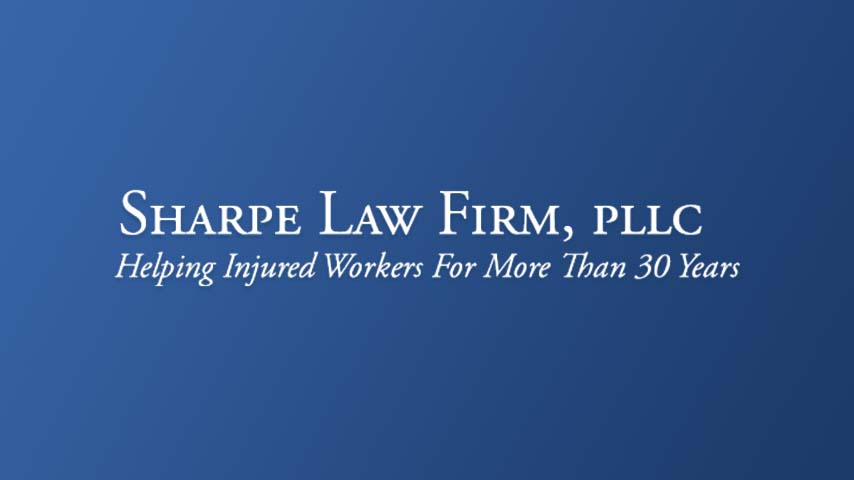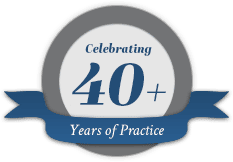A pedestrian has no protection against the force and sheer mass of a moving vehicle. Injuries to pedestrians are frequently catastrophic or fatal. If you were injured in a pedestrian accident due to a driver’s negligent conduct, we will explain how you can recover compensation for your injuries and losses.
Pedestrian Injuries
Injuries to pedestrians often come from two sources. It is the classic double whammy:
- The direct impact of the collision can break bones, tear ligaments, and cause deep cuts into soft tissue.
- The impact often throws the pedestrian onto the sidewalk or street — or against nearby obstacles and structures — which results in additional injuries like traumatic brain injuries, concussions, and hemorrhaging.
Medical treatment is important. If you are a pedestrian involved in an accident, seek medical treatment. Get medical care right away and get it later if you need it. Some types of pedestrian injuries, including brain injuries, may not be immediately apparent after the accident. Getting a full medical evaluation from your doctor or at the hospital is the best way to make sure you are protected and learn the full extent of your injuries.
Who Pays for Pedestrian Injuries? An Introduction to Tort Law.
Pedestrian accidents in Washington State apply tort law to determine who pays and how much. The person who was negligent and caused the accident is legally liable. If you’ve been in a pedestrian accident, proving your case requires demonstrating several legal propositions; negligence (fault), causation, and damages.
Proof of a drivers negligence can be shown in many different ways, including showing their conduct that violated a motor vehicle laws, such as:
- Intoxication by alcohol or drugs
- Distracted driving and inattention such as cell phone use
- Moving violations and failure to follow the rules of the road
- Speeding or driving too fast for the conditions
Proof of Causation is showing that their negligence caused the accident. You do this with evidence which includes:
- Eyewitness testimony including your own
- Videotape evidence (if available)
- Physical evidence from the accident scene
- Police report
- Admissions against interest
Proof of Your Injuries is done with the medical testimony and records, including:
- Medical bills
- Doctor’s notes, reports, and testimony
- Photos of your injuries
Pedestrian Accident Law
A pedestrian is defined in RCW 46.04.400 as “any person who is afoot or who is using a wheelchair, a power wheelchair, or a means of conveyance propelled by human power other than a bicycle.”
Motorists must to yield to pedestrians in crosswalks and on sidewalks according to Washington State motor vehicle law. When a pedestrian is hit in a crosswalk, that law works in their favor.
There are also laws that apply to pedestrians that are important, such as:
- Pedestrians shall not “dart out” in front of motor vehicles. RCW 46.61.235
- Pedestrians are required to abide by traffic control signals and devices, like stop signs and stop lights. RCW 46.61.050
- Where there are no sidewalks, pedestrians are required to walk facing traffic on the left side of the road or on the shoulder, facing traffic. RCW 46.61.250
- Pedestrians crossing at a point other than at an intersection are required to yield the right of way to vehicles. RCW 46.61.240
If your accident occurred while you were violating any of the laws applying to pedestrians, that fact can be used to establish that your own negligence contributed to the accident.
- Washington State applies a standard of comparative negligence in accident cases.
- If your negligence contributed to the accident, your compensation will be reduced in proportion to the amount of your negligence.
Insurance Coverage in Pedestrian Accidents
- Liability Insurance questions in pedestrian accidents can be complicated. Typically, in a Washington State accident case, the liability provisions of auto insurance policy of the at-fault driver provide compensation to injured victims. That holds true in pedestrian accidents as well. But there may be additional insurance coverage.
- PIP Insurance If you, a member of your household, or the at-fault driver have Personal Injury Protection (PIP) coverage in your own insurance policy, you may be able to recover compensation for your medical expenses under that PIP coverage. The benefit of making a PIP claim is that you may receive reimbursement sooner than you will under liability provisions of the at-fault driver’s policy. Get and read the insurance policy.
- UM/UIM Insurance If your pedestrian accident was a hit-and-run accident, or if the responsible driver is uninsured or underinsured, you may be able to recover compensation under the Uninsured Motorist/Underinsured Motorist (UM/UIM) coverage in your own insurance policy or an insurance policy of a member of your household.
- Crime victims coverage and L&I coverage is also available in some limited situations.
To summarize, depending on insurance policy coverage, you may be able to receive compensation for pedestrian accident injuries under:
- The liability provisions of the at-fault driver’s policy
- PIP provisions of the at-fault driver’s policy
- PIP provisions in your own or a household member’s insurance policy
- UM / UIM coverage in your own or a household member’s insurance policy
- Your healthcare coverage
- Crime victims and L&I coverage
If you suffer serious injuries in a pedestrian accident, your attorney will help you find and understand insurance coverage and all the available potential sources of recovery.
Should I Talk with a Lawyer About My Pedestrian Accident?
If a pedestrian accident causes significant long-term injuries requiring extended medical treatment, you will benefit from a talk with an experienced personal injury attorney. It is often unwise for a victim to personally talk to any insurance company or adjuster. The insurance company’s goal is to settle your claim for the lowest possible amount. They are very experienced at getting persons to say things which are not good for their case.
Compensation in severe pedestrian accident cases includes more than just reimbursement for your medical expenses. You may be entitled to damages for:
- Disability or permanent injuries
- Lost wages
- Loss of earning capacity
- Pain, suffering and inconvenience
A knowledgeable personal injury attorney will be able to explain fully how your facts fit the law and what you may be able to recover. You can talk with us in a free consultation without deciding to hire us.











